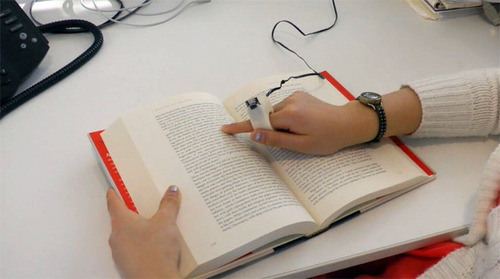Tel Aviv, Isreal based OTM Technologies company revealed a prototype smartpen called "Phree" which is a high resolution input device allows users write down notes, sketch or anything on any surface and see the sketch or notes appear on your device screen.
Phree connects to a various devices such as smartphone, tablet and computers.It is also capable to work with TV and laptops via Bluetooth connection.The phree is designed to work with several apps such as Office, EverNote, OneNote, Google Handwriting Keyboard and Acrobat.It supports many operating system like iOS, Linux, Windows, OSX and Android.
Chief engineer Opher Kinrot and Uri Kinrot has developed a patented technology known as Optical Translates Measurement (OTM) which can track hand movements through 3D laser interferometer sensor that detect relative motion of any surface.They also fit optical sensor at the tip of the pen that is able to capture handwriting patterns.
Elisha Tal is the cheif designer of Phree.It has a screen which allows users to read messages as well as receive calls and give respond via pen.It is available in different colours that are black, silver, graphite and gold."An open API allows developers to make use of the screen for specific interaction with their applications. The API provides access to additional sensor information such as vertical (Z) motion data, as well as access to the accelerometer," they said.
Labels:
Gadgets,
Technology






































